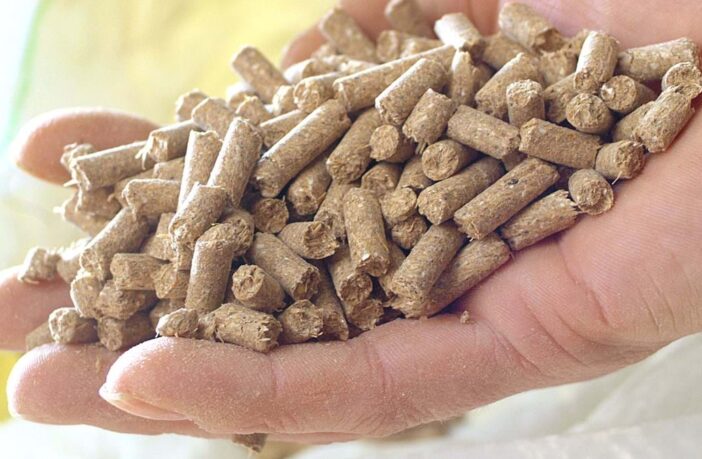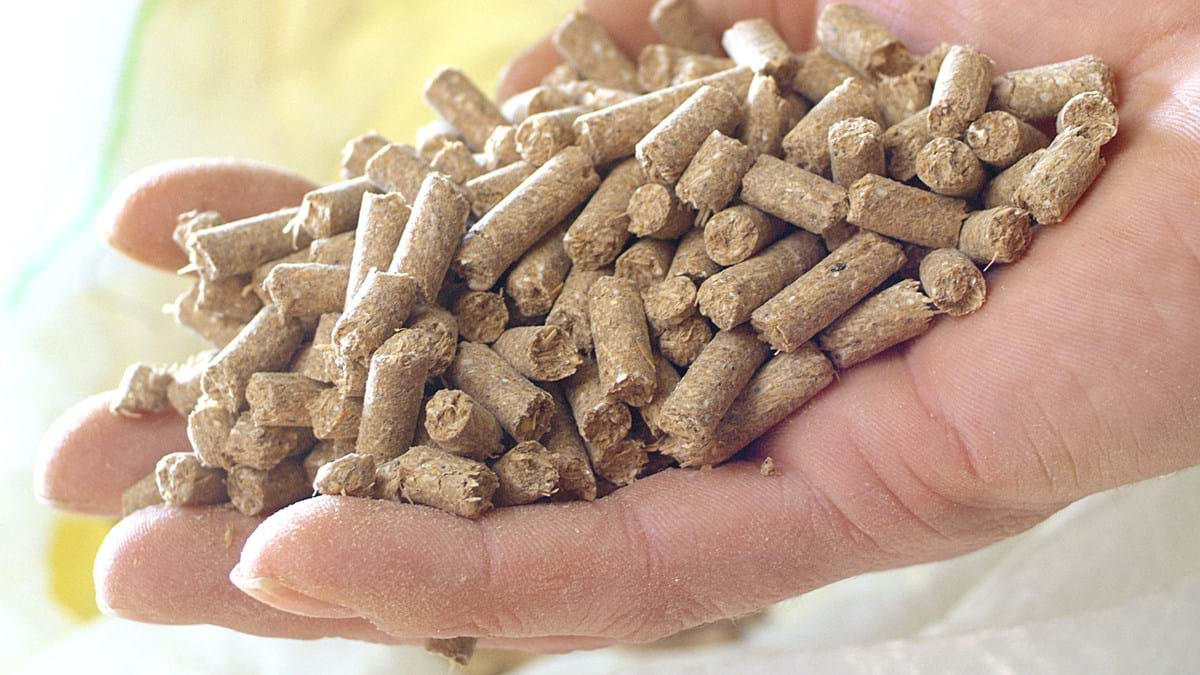Pellet, traditionally known for their applications in heating and cooking, have emerged as versatile resources with a multitude of innovative uses. While their role in providing sustainable energy solutions cannot be overstated, recent advancements have uncovered new avenues where pellets are making significant contributions. From construction to agriculture, and even in artistic endeavors, pellets are proving to be invaluable. Let’s delve into the world of innovative uses for pellets, beyond their conventional applications.
Pellets in Agriculture: Enhancing Soil Health and Crop Growth
In modern agriculture, pellets are being utilized as potent fertilizers and soil conditioners. Organic pellets derived from materials such as livestock manure or plant matter are rich in nutrients essential for plant growth. Farmers can improve soil structure, enhance water retention, and provide a sustainable alternative to chemical fertilizers by incorporating these pellets into the soil. Moreover, pelletized seeds are gaining traction, offering a convenient and efficient method for sowing crops.
Pellets in Manufacturing: Reinforcing Materials and Reducing Waste
Industries are increasingly turning to pellets as a raw material for manufacturing processes. Plastic pellets, for instance, are utilized in injection molding, extrusion, and 3D printing, serving as a foundation for producing a wide array of products. By recycling plastic waste into pellets, companies are reducing environmental impact and tapping into a cost-effective resource. Additionally, wood pellets find applications in manufacturing composite materials, contributing to the development of eco-friendly alternatives to traditional building materials.
Pellets in Aquaculture: Providing Sustainable Fish Feed Solutions
As the demand for seafood continues to rise, so does the need for sustainable aquaculture practices. Pellets are playing a pivotal role in aquafeed formulations, offering a nutritious and environmentally friendly alternative to conventional fish feed. By utilizing ingredients such as fishmeal, soybeans, and algae, pelletized fish feed can be tailored to meet the dietary requirements of various aquatic species while reducing reliance on finite marine resources.
Pellets in Art and Design: Inspiring Creativity and Expression
The artistic community is embracing pellets as a medium for creative expression. Wood pellets, when compressed, can serve as a canvas for intricate wood carving and sculpture. Similarly, colored pellets made from recycled plastics are finding their way into contemporary art installations, adding vibrancy and depth to artistic compositions. By repurposing pellets in art and design, creators are not only fostering sustainability but also sparking meaningful dialogues on environmental conservation.
Pellets in Energy Storage: Revolutionizing Renewable Energy Solutions
In the realm of renewable energy, pellets are playing a crucial role in energy storage systems. Biomass pellets, derived from organic matter such as wood or agricultural residues, serve as a reliable source of renewable energy when used in conjunction with advanced biomass boilers and gasification technologies. Moreover, pelletized hydrogen has emerged as a promising carrier for renewable energy storage, offering a scalable and efficient solution for storing excess energy generated from solar and wind sources.
In conclusion, the innovative uses of pellets extend far beyond their traditional roles in heating and cooking. From agriculture to manufacturing, aquaculture to art, and energy storage, pellets are driving advancements across diverse industries. As sustainability becomes increasingly integral to global endeavors, the versatility and adaptability of pellets position them as indispensable resources in shaping a greener, more sustainable future.



